If you have an overhead crane or lifting equipment on your job site or in your industrial facility, do you know which of your riggers or crane operators have received training and are competent or qualified to use that equipment? What requirements do you use to make that determination? Could you provide proof that your employees meet those requirements?
Many employers don’t understand who is responsible for providing training for employees who have been assigned the responsibility of operating an overhead crane or rigging a load.
The use of cranes and other heavy lift equipment by employees who are inexperienced, or improperly trained, can result in dire consequences, including:
- Serious injury or death to themselves or co-workers
- Accidents resulting in property damage or damage to the load
- Negative impacts to project schedule and/or budget
It’s our goal to raise awareness with employers about your responsibilities to train your employees and designate them as a qualified person, designated person, or competent person to operate that equipment.
A good rule of thumb is to train your employees on what they need to know to keep themselves and others safe on the job site. As the employer, you should determine whether a certain type of training/certification will result in a well-trained workforce and a safe work site for your employees.
However, receiving training or a certification through an accredited organization doesn’t guarantee, or even imply, that an employee can be deemed a qualified person, or even a competent person, to perform every task. That responsibility still falls on the employer to determine what training and additional experience makes their employees qualified or competent to operate that equipment—every time.
OSHA and ASME Requirements for Crane Operator Training and the Use of Overhead Crane Equipment
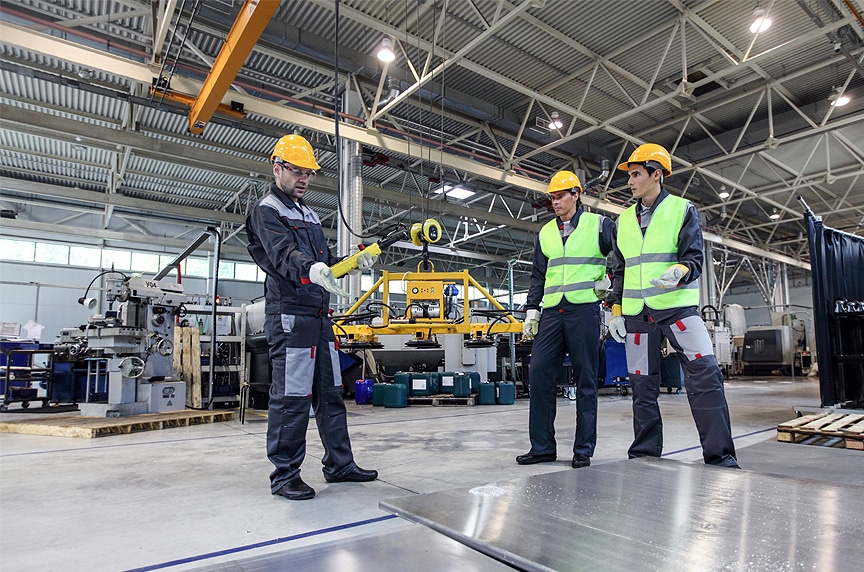
OSHA and ASME both have rules and regulations specifically for lifting applications, with the ASME B30 safety standard specifically focused on cranes, hoists, and rigging.
ASME B30.2 Overhead and Gantry Cranes (Top Running Bridge, Single or Multiple Girder, Top Running Trolley Hoist) applies to the construction, installation, operation, inspection, and maintenance of hand-operated and power-driven overhead and gantry cranes that have a top-running single-girder or multiple-girder bridge, with one or more top-running trolley hoists used for vertical lifting and lowering of freely suspended, unguided loads consisting of equipment and materials.
When it comes to language used in OSHA and ASME standards, there are multiple designations for an employee regarding their capabilities and employer’s authorization to rig a load or use a crane and/or other lifting equipment:
Designated Person
“A Person selected or assigned by the employer or the employee’s representative as being qualified to perform specific duties.” (ASME B30.2)
Competent Person
“By way of training and/or experience, is knowledgeable of applicable standards, is capable of identifying workplace hazards relating to the specific operation, and has the authority to correct them.” (OSHA 29CFR 1926.32(f))
Qualified Person
“A person who, by possession of a recognized degree, certificate, or professional standing, or who by extensive knowledge, training and experience, successfully demonstrates the ability to solve/resolve problems relating to the subject matter, the work or the project.” (OSHA 29CFR 1926.32(l))
However, OSHA does not specifically address training or certification requirements for overhead crane operators. In this instance, they defer to the language of ASME B30.2 Overhead and Gantry Cranes, which we’ll cover in more detail below.
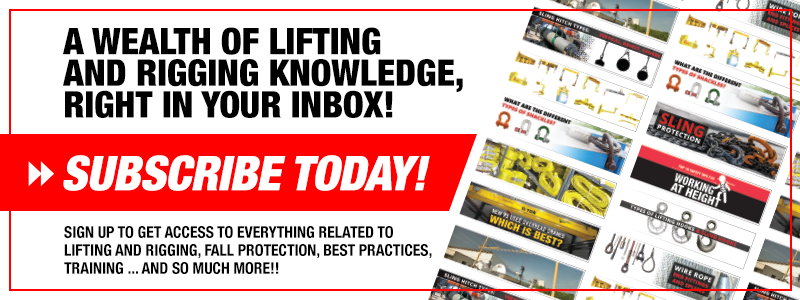
ASME B30.2, Section 3.3.3 – Responsibilities of Management / Owners to Deem Their Employees Qualified or Competent
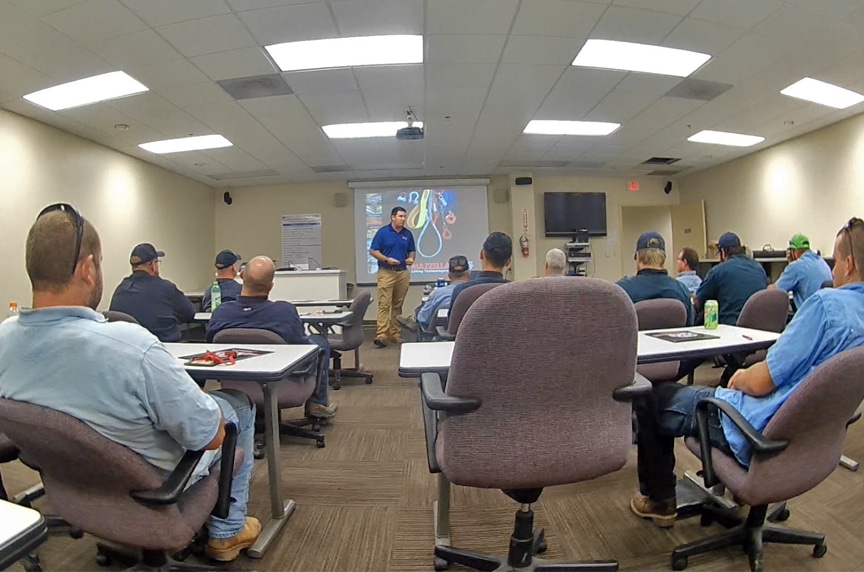
There’s a section in ASME B30.2 specifically focused on the responsibilities of management, or the owner of the crane equipment, when it comes to authorizing their employees to use that crane equipment. Remember, when it comes to language in standards, the use of the word “shall” means that these actions are required.
ASME B30.2, Section 3.3.3:
Management (owners/users) shall:
(a) Identify, document, and assign responsibilities of the crane operator and other persons involved in the movement of the load for each crane installation.
(b) Provide training to persons who will operate a crane.
(c) Provide written and practical examinations that verify that the person has acquired the knowledge and skill to operate the particular crane(s) that will be operated by the person. The examinations shall be defined by the owner/user and in accordance with any local, state, and federal provisions that may apply.
(d) Issue a certificate, or formal record, that verifies that the person has been trained and has passed the examination required, or confirm that the person has a valid certificate or formal record that satisfies the requirements.
(e) Provide operators that are physically and mentally fit to operate the equipment to which they are assigned.
To summarize, as management, or the owner of the overhead crane equipment, it is your responsibility to:
- Determine who is responsible for running the crane, rigging the load, etc. for overhead lifting applications in your facility or on your job site.
- Ensure your crane operators have been trained.
- Provide some type of paperwork that states that your individual employees have received training and are authorized to use your overhead crane equipment.
- Ensure your employees using overhead lifting equipment are both physically and mentally capable of doing so.
Wrapping it Up
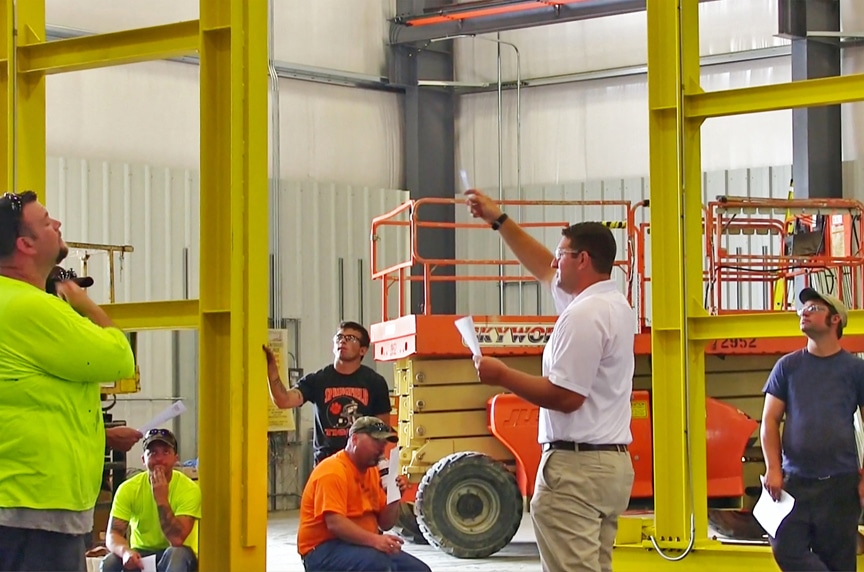
Remember, as the employer, you will have to determine if an employee is qualified, or competent, to use your overhead equipment. You should be prepared to have specific answers to questions like:
- What do we accept as a “recognized degree”?
- What do we accept as a “recognized certificate”?
- What do we recognize as “extensive knowledge, experience, or training”?
- What behavior or actions demonstrate “the ability to solve/resolve problems related to the subject matter”?
For example, if a person has a certificate of training from a basic crane operator or rigging training course, that might not be enough to deem them as a qualified person on the job site.
Most would say that if they had an employee that had a certificate of training—or a degree in a related field—and paired either of those with applicable field experience, then they could be considered a qualified person.
Ultimately, the major takeaway is to understand that it’s your responsibility, as the employer, to determine if an employee is qualified to perform the job or task at hand, based on related training, degrees, certifications, and applicable experience.
One point that shouldn’t get lost is that all of this is about the safety of your work force and the preservation of your products and equipment. If your requirements for qualified or competent are designed to do that, then you are on your way.
Mazzella can help meet OSHA/ASME training and compliance requirements for your employees. We offer in-person and virtual training programs and we have rigging training, overhead crane operator training, and fall protection training courses that can be customized to your specific requirements.
We’d love to be part of your solution to ensure your employees are trained safely to perform their jobs. If you have questions about our training programs, or want to schedule a virtual or in-person consultation with one of our trainers, please contact us today.
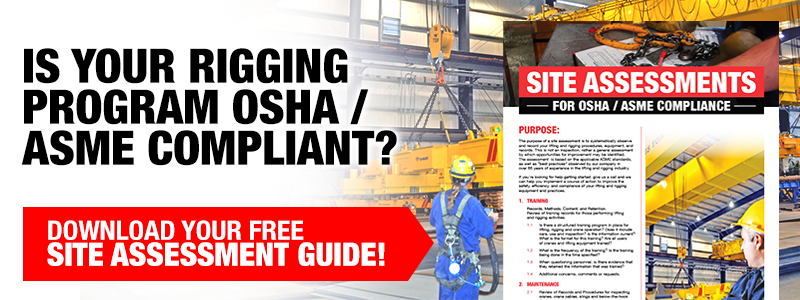
Copyright 2020. Mazzella Companies.
